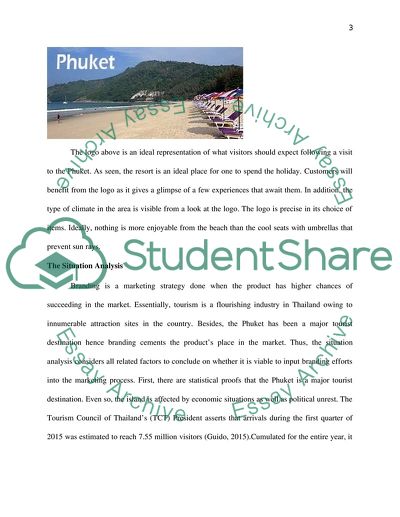Cite this document
(Create a Branding Strategy for a Small Island Destination Coursework, n.d.)
Create a Branding Strategy for a Small Island Destination Coursework. Retrieved from https://studentshare.org/marketing/1875588-create-a-branding-strategy-for-a-small-island-destination-phuket
Create a Branding Strategy for a Small Island Destination Coursework. Retrieved from https://studentshare.org/marketing/1875588-create-a-branding-strategy-for-a-small-island-destination-phuket
(Create a Branding Strategy for a Small Island Destination Coursework)
Create a Branding Strategy for a Small Island Destination Coursework. https://studentshare.org/marketing/1875588-create-a-branding-strategy-for-a-small-island-destination-phuket.
Create a Branding Strategy for a Small Island Destination Coursework. https://studentshare.org/marketing/1875588-create-a-branding-strategy-for-a-small-island-destination-phuket.
“Create a Branding Strategy for a Small Island Destination Coursework”, n.d. https://studentshare.org/marketing/1875588-create-a-branding-strategy-for-a-small-island-destination-phuket.


